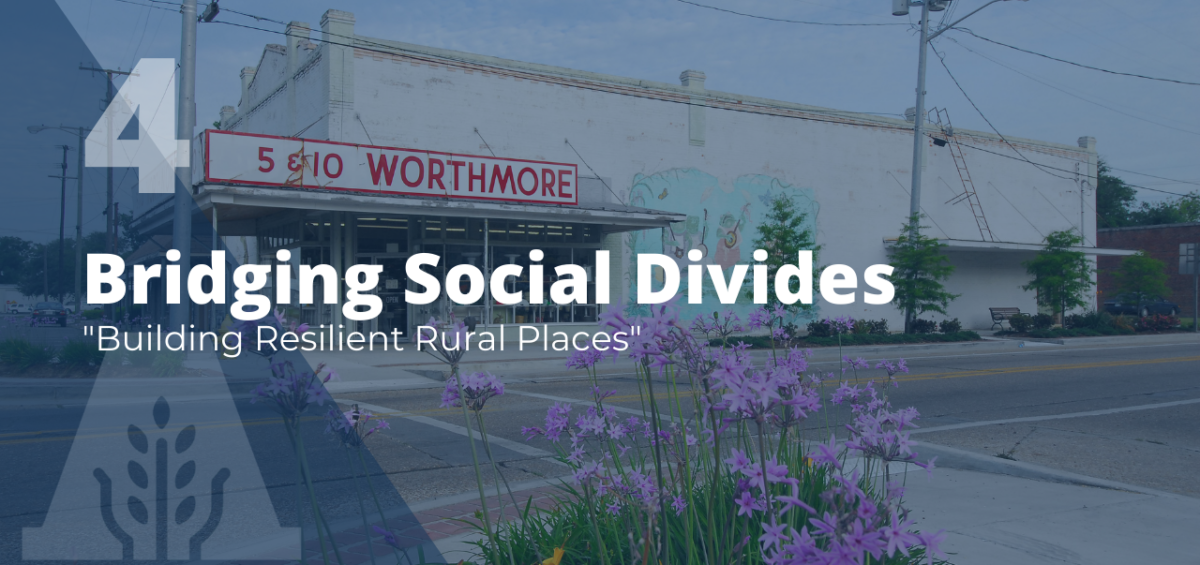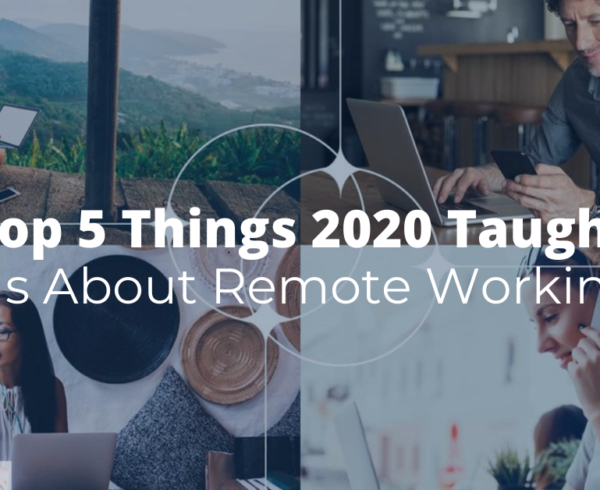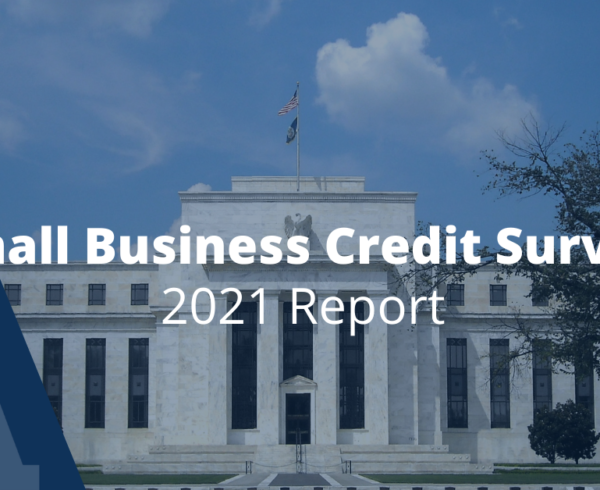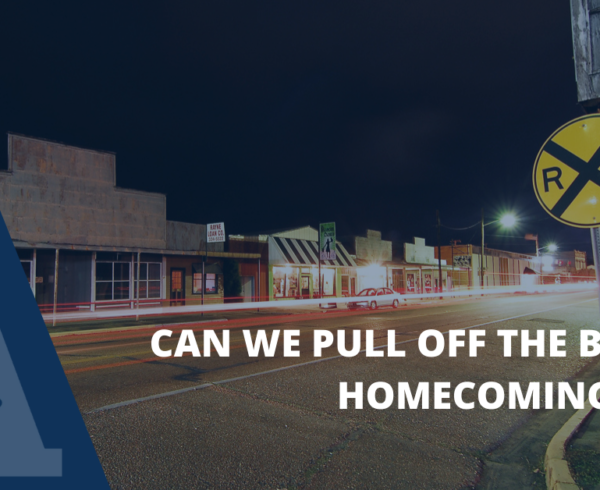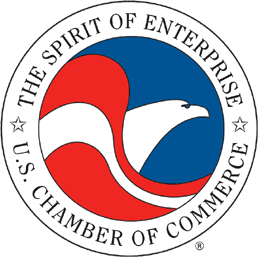The COVID pandemic has exacerbated the economic precarity of rural America. Many rural and small towns were still struggling to recover from the last recession, and are now fighting for economic survival amid this one. As these communities grapple with unprecedented job losses, small business closures, and crumbling infrastructure, their recovery requires coordinated relief first and foremost.
Alongside that imperative lies another critical ingredient of rural resilience: the need to scale homegrown rural economic development strategies that were showing promise prior to the pandemic. Rural downtown revitalization has the potential to be one such strategy. In recent year, some rural communities experienced economic revival by strengthening community assets and locally owned small businesses in downtown commercial corridors. To be successful, however, these efforts must not only invest in small businesses and built environment improvements, but also foster vibrant, reflective, and cohesive social environments where existing residents want to stay and new residents want to live.
As COVID threatens rural America’s economic future and upends social life as we know, this imperative has taken on added significance. Many rural communities were already grappling with depopulation prior to the pandemic and rely on demographic diversity and immigration to spur revitalization. This report will examine the extent to which rural downtown revitalization efforts have been successful in fostering social assets that nurture racial and economic inclusion, reflect community identity, and enhance residents’ attachments to place.
Why vibrant, reflective, cohesive social environments matter for rural resilience
First and foremost, rural communities require access to economic opportunity and a reasonable quality of life to thrive. Yet there are other important factors that enhance community well-being and residents’ connection to place. This is especially true in rural areas, where community connections, social networks, and location-specific amenities have been have been found to nurture strong place attachments even absent upward economic mobility.
Investments in place—from increasing the number of public spaces to actively programming the public realm—are proven tools for enhancing place attachment and achieving economic development. In the urban context, these place investments have been found to either encourage cohesion and bridge division across race, class, gender, and community tenure, or, if they fail to meaningfully center equity at their core, exacerbate divisions and distrust between new and longtime residents. Given this balance, much attention has been paid to the need to center equity in urban place investments—but less has been written about this imperative for rural areas.
Perhaps this is because the dominant media portrayals of rural America still cling to the notion of white, homogeneous communities. In reality, rural areas rely on racial diversity for population growth and economic success. People of color comprise 21% of the total rural population, generated 83% of rural population growth between 2000 and 2010, and have continued to drive population in the years since, with Latino or Hispanic migration rejuvenating many small towns.
Media portrayals also reinforce the perception that rural areas are socially tight knit communities, potentially leading to the misconception that focused efforts to foster social cohesion are not needed. While research does identify strong social connections as a valuable asset of rural areas—correlated with increased participation in volunteering, community organizing, and coalition building for homegrown programs and practices—it also finds that highly bonded rural communities can in some comes breed localism, elitism, and mistrust of outsiders. In many rural areas, dark histories of inequity and racial discrimination, including legacies of slavery, Jim Crow laws, and the decimation of Native American populations, have had a lasting impact on the present-day culture and on the connections that residents feel to each other and to the place where they live.
These cultural divisions have been exacerbated by contemporary socioeconomic disparities for people of color in rural regions. Latino or Hispanic immigrants remain concentrated in low-wage jobs (agriculture, meatpacking plants, construction, oil, timber, and other manufacturing), while Black Americans in the rural South face persistent structural barriers to economic mobility compounded over generations. These factors inhibit social cohesion and diminish the place attachments of rural Latino or Hispanic and Black residents. The need to bridge social divides across race, ethnicity, and income is thus just as pressing in rural areas as it is in urban communities, and efforts to bolster economic revitalization in rural America cannot afford to ignore the spatial patterns of social and economic exclusion that threaten community vitality during COVID and in the years to come.
Findings: Can downtown revitalization strengthen and diversify the social cohesion and strong place attachments needed to maintain inclusion and resilience in rural America?
There is undoubtedly a moral imperative—as well as concrete economic benefits—to bridging these social divides. Research indicates that enhancing social cohesion in rural communities contributes to small business success, that the presence of locally owned businesses within communities can, in turn, increase social capital, and that higher levels of social capital are correlated with higher levels of upward economic mobility for rural residents.
Local organizations—including Main Street programs, community development corporations, and other economic development nonprofits—have been working for decades to encourage place investments downtown that foster social vibrancy alongside economic opportunity. Yet despite the widespread adoption of downtown revitalization efforts, relatively little is known about their effectiveness in promoting social well-being, particularly for residents of color and low-income residents. Even less is known about how rural downtowns might nurture social cohesion amid acute economic crisis.
Finding 1: Downtown revitalization can foster vibrant rural places where people want to live and stay—but COVID puts this at risk
Our findings on residents’ attachment to place reveal a promising conclusion, particularly for rural communities struggling with depopulation: place-based investments to cultivate an activated, vibrant public realm downtown seemed to be successful in strengthening residents’ attachment to their community. When Brookings dug deeper into what drove these perceptions, three primary strategies emerged—but they require adaptation amid COVID to continue their aims.
Cultivating rural downtowns as hubs for events, third spaces, and programming can increase residents’ pride in their communities: prior to COVID, Main Street organization in all three communities made year-round events and regular programming key components of their downtown revitalization strategies. This included small-scale events such as farmers markets, “shop local” days, concerts, and meet-and-greets, as well as large-scale regional events. One community had success in hosting large-scale events, including a gravel bike race and disc golf tournament that brought thousands of visitors from surrounding states each year. Main Street organizations supplemented these activities with concentrated efforts to increase the number of permanent “third places” downtown, which contributed to a renewed sense of vibrancy for residents and helped boost the experiential economy for visiting tourists. Today, COVID is threatening the viability of these strategies, as so many events and gatherings had to be cancelled, the tourism economy has plummeted, and the locally owned small businesses that served as third places for residents are at a heightened risk of closure.
Concentrating arts downtown can attract younger residents and put them in conversation with long-term residents: as part of their downtown revitalization strategy, each community also made efforts to increase the market rate housing stock downtown. A critical component for getting people to want to live in these places was to anchor arts, culture, and entertainment downtown—attracting young people in particular to move into new housing units. This included efforts such as supporting downtown artist spaces, theater renovations, mural projects, interactive art installations, and regular artists markets. Creative placemaking played a central role in making downtowns more attractive to younger residents and accomplished the dual function of putting newcomers in conversation with long-time residents. Across all communities, creative placemaking and arts engagement were described as important factors in bringing residents in connection with each other.
Fostering a commitment to shopping local enhances residents’ connection to their community: to combat competition with big-box retailers and online suppliers, Main Street programs in communities launched “shop local” strategies. These included co-locating a shop for locally owned retailers within Main Street office spaces, holding local crowdfunding competitions to increase community investment in local entrepreneurs, developing partnerships with regional economic development entities to market local retailers, and running targeted social media campaigns. These efforts encouraged residents to take collective ownership in supporting their neighbors’ businesses. Main Street organizations have adapted these shop-local strategies during the pandemic, with some starting “Shop Local from Home” campaigns and helping local small businesses attract customers virtually.
Finding 2: Long-standing divisions persist despite downtown revitalization efforts, and will require focused attention as rural communities look toward recovery.
When we examined residents’ perceptions of whether the benefits of downtown revitalization had reached the community at large, we found that significant barriers to inclusion persisted. Across all three communities, respondents reported economic disparities between downtown and adjacent neighborhoods, lingering distrust between public officials and some underrepresented residents, and the need to embed more affordable options downtown. While these barriers reflect significant harms that predate downtown revitalization, they also indicate the need for coordinated effort across sectors and in partnership with community leaders to tackle these disparities head-on. Three primary themes emerged, as well as some insights on how to address them:
New public and private investment downtown can magnify the stark disinvestment in adjacent low-income communities, indicating the need for greater collaboration and inclusive engagement across district lines: in all three towns, respondents drew stark comparisons between the renewed sense of vibrancy downtown and nearby communities suffering from high poverty rates, crumbling infrastructure, and chronic disinvestment. While downtown redevelopment did not create these disparities, they indicate the need for greater collaboration with residents across district lines, more inclusive engagement processes to ensure residents in adjacent neighborhoods have the opportunity to take partial ownership over downtown strategies, and more robust partnerships with city officials to ensure that residents in nearby neighborhoods are benefiting from revitalization.
Retail and experience-based strategies can exclude low-income residents, so downtown revitalization efforts should also provide free and welcoming alternatives: another challenge that emerged was not necessarily unique to rural areas, but was magnified by high poverty rates within some communities. Many respondents felt the new downtown improvements required a certain income level to benefit from, and were exclusionary to people experiencing poverty. Income divisions were heightened by the presence of new lofts within the districts, which created a clear divide between new middle-class downtown residents and low-income residents. Main Street organizations were working to address these perceptions by hosting free events downtown and coordinating with city officials to increase the number of public spaces there. However, these findings indicate the need for concentrated efforts to permanently increase the number of inclusive community spaces to reach those who are often excluded.
Finding 3: Strategies for bridging economic and racial divides in rural communities must be scaled and adapted to local context for a more equitable recovery
City officials, local Main Street programs, and residents in communities were well aware of the inclusion challenges accompanying downtown revitalization, and were attempting homegrown strategies to tackle them.
Formal partnerships between place governance organizations, city officials, and minority-led community organizations can plant the seeds of trust and inclusion: Main Street organizations have been working to formalize partnerships with community groups representing Latino or Hispanic residents, co-host events with them to welcome Latino or Hispanic residents downtown, and identify Latino or Hispanic grantees for small business loans to increase the number of minority business owners downtown. The most promising aspect of this strategy was the concrete financial assistance provided to Latino or Hispanic-owned businesses, as it provided tangible results residents could see and benefit from. Initial successes indicate that increasing the number of minority-owned small businesses downtown and partnering with minority-led community organizations can be promising for fostering more inclusive places. In the long term, stakeholders should pay more deliberate attention to scaling these strategies. This will be especially critical as minority-owned and –led rural small businesses face heightened vulnerabilities amid COVID.
Rural downtown revitalization efforts should enhance inclusion strategies with national best practices: for decades, communities across the nation have piloted strategies to center equity and inclusion at the core of revitalization. These efforts must be tailored to rural communities’ unique contexts, but include strategies like community-led equitable development plans, efforts to physically connect adjacent neighborhoods, tools and processes to identify exclusionary social dynamics in public places, inclusive place management practices, trust-building efforts to revitalize abandoned properties in disinvested neighborhoods, and efforts to leverage historic and artistic assets to preserve community control of land. While some may be tempted to delay these strategies amid the financial and public health crises of COVID, they are more critical now than ever for supporting long-term resilience.
Conclusion
Both rural and urban places rely on their social fabrics to build places of opportunity. This was true even in the early days of the pandemic, as mutual aid groups, newly formed neighborhood response teams, and community organizations emerged to meet community needs when no one else could. And it will remain true as the pandemic subsides.
Local leaders are not only striving to strengthen social cohesion and bridge divides between neighbors, but are also implementing holistic strategies to build rural resilience in the months and years to come. This includes ensuring the survival of small businesses, championing built environment and quality-of-life improvements, and nurturing new civic structures to advance community priorities. As the nation strives to promote a more equitable economic recovery than the last, it is critical to recognize the value of this work and support rural community leaders to tackle place-based inequities and foster inclusive, vibrant, and connected rural places in the long term.
This blog post is the fifth in a series titled “Building Resilient Rural Places.” The information found on this post, as well as all the post in the series, comes from a collection of reports done by Brookings. To see the full text of this report, along with links to their other reports, click here.


